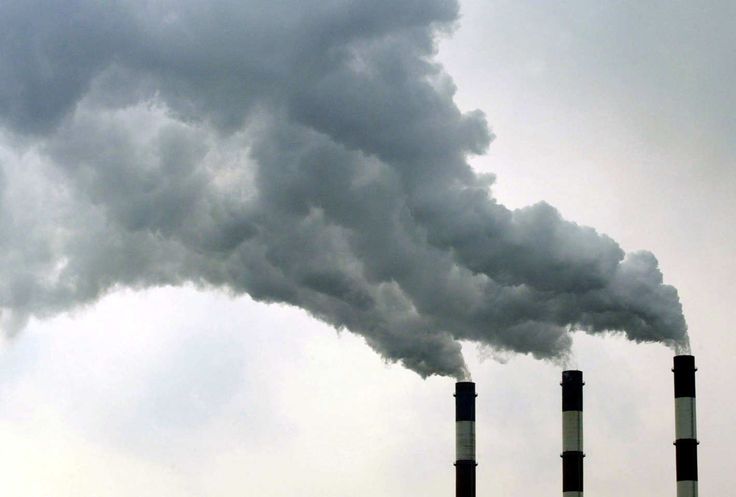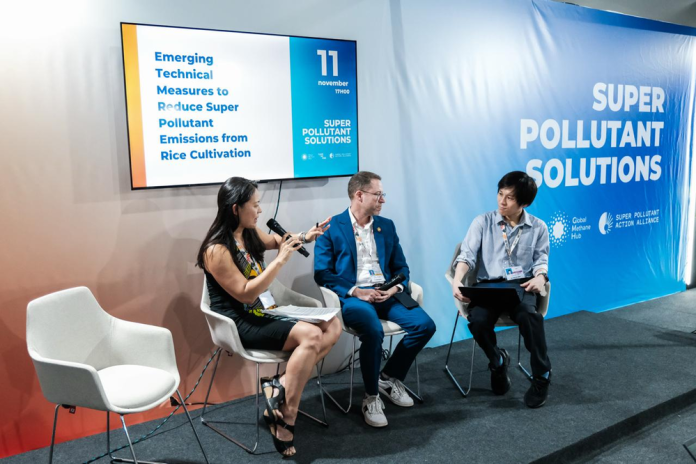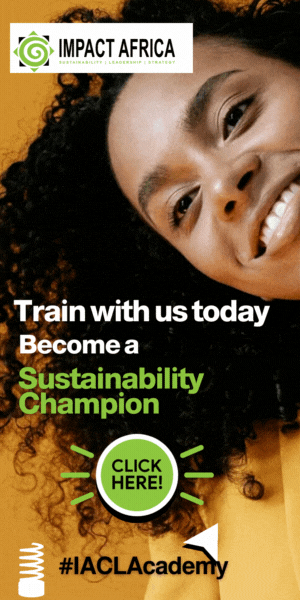Countries meeting at COP30 in Belém on 17 November released the first Global Methane Report, showing how far the world has moved since 159 nations and the European Union pledged in 2021at COP26 to cut methane emissions by 30% by 2030, and how much remains to be done to meet a target considered critical for keeping global warming within 1.5°C.
The report sets out where progress has happened, why emissions are still rising, and how the next five years will determine whether countries can close the gap.

The assessment, produced by the UN Environment Programme and the Climate and Clean Air Coalition, offers the clearest picture yet of the Global Methane Pledge. It shows that the world is still emitting more methane each year, but it also records shifts that were not anticipated four years ago.
Tougher waste regulations in Europe and North America and the slowdown of the natural gas market between 2020 and 2024 have already pushed global forecasts downward. Policymakers at COP30 described this as proof that when specific interventions are applied, methane responds quickly.
Read also: ECOWAS finalizes revised mineral policy: West Africa targets sustainable value chain integration
Delegates at the meeting pointed repeatedly to the same issue: the solutions are well known, widely tested, and within reach of most economies. Leak detection and repair programmes, efforts to cap old oil and gas wells, better water management in rice fields, and improvements in how cities separate and handle organic waste can deliver immediate reductions. The report notes that more than 80% of the potential needed by 2030 can be delivered at low cost. Governments present urged one another to adopt transparent monitoring and set clearer national targets.
The numbers presented in Belém underline the stakes. If countries fully implement the methane actions they have already included in their national contributions and methane plans, the world could achieve an 8% cut by 2030 compared to 2020. This would be the largest drop ever recorded.
However, reaching the 30% mark requires deeper ambition, particularly from the largest emitters. The G20 and associated economies account for nearly three-quarters of the global mitigation opportunity and could collectively reduce emissions by 36% with the technologies already on the table.
For Africa, methane reduction carries particular weight. Agriculture, waste, and energy systems are among the fastest-growing sources of emissions on the continent, driven by population growth, urbanization, expanding waste streams, and rapidly evolving energy demand.
Read also: G20 Social Summit kicks off: Africa demands new global deal on debt and climate equity
Livestock methane accounts for more than 70% of agricultural emissions in countries such as Kenya, Ethiopia, and Tanzania. In Nigeria and Angola, fugitive emissions from oil and gas operations represent a major share of national methane profiles, while fast-growing cities like Lagos, Nairobi, and Accra generate waste volumes that frequently outpace the capacity of municipal systems.
Actions that reduce methane in these sectors deliver gains far beyond climate goals; they improve air quality, reduce public-health risks, and cut economic losses for farmers whose yields are increasingly vulnerable to heat and water stress.
The report estimates that implementing the most accessible mitigation options could avoid more than 180,000 premature deaths and reduce annual agricultural losses by 19 million tonnes by 2030.
In the fossil fuel sector alone, the full mitigation potential would cost only about 2% of global industry revenues recorded in 2023, a figure repeatedly cited in discussions as evidence that methane reduction is one of the cheapest forms of climate action.
Officials speaking in Belém emphasised that stronger measurement and monitoring systems will be necessary. Methane is difficult to track without robust satellite data, ground-based sensors, and transparent reporting systems, and disparities in measurement capacity between regions complicate global accounting. UNEP’s Executive Director Inger Andersen noted that improving data quality is essential for guiding investments and ensuring that progress is real.
Alongside the report, countries introduced a new initiative aimed specifically at organic waste, one of the fastest-growing methane sources in developing cities. The No Organic Waste Plan, supported by the Global Methane Hub and backed with US$30 million in initial funding, aims to help participating cities reduce methane from food and organic waste by 30% by 2030. The programme will support composting facilities, food-recovery networks, and urban pilots across 18 countries, with the ability to redirect 20 million tones of surplus food and integrate up to one million informal waste pickers into formal circular-economy systems.
As COP30 continues, the methane discussions have laid out a straightforward message: the next five years will determine whether the world uses the tools already available or continues on a path that leaves an avoidable share of warming unaddressed. The report sets the benchmarks; governments must now decide how quickly they can act.
Follow us on LinkedIn for more updates: Africa Sustainability Matters






